The Ultimate Guide to Mastering Camera Shots For Effective Filmmaking
The Ultimate Guide to Mastering Camera Shots For Effective Filmmaking – Ready to unlock the secret of filmmaking gaming? Dive into The Ultimate Guide to Mastering Camera Shots for Effective Filmmaking covered your storytelling.
Taking the best camera shots and angles is a creative skill, it is the foundation for translating visuals into stunning masterpieces. Perfect modulation of different camera shots/angles can emphasize specific emotions, ideas, and movements for each scene that communicate the narrative audience.
Are you an aspiring filmmaker or a seasoned pro? Looking to refine skills and mastering various camera shots is important for effective telling, In this, Ultimate Guide to Mastering Camera Shots for Effective Filmmaking we will explore camera shots, practical tips, and techniques.

Types of Film Camera Shots for Beginners
The Ultimate Guide to Mastering Camera Shots for Effective Filmmaking involve 10 camera shots that are:
Wide Shots (WS)

A wide camera shot is the best way to represent broad environmental views and characters. It offers the audience a bustling cityscape and introduces a proper view of locations. Filmmakers use these wide shots to establish the setting and provide context.
Close-Up (CU)
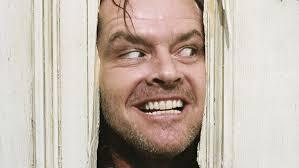
This close-up targets specific details of the story, often a character’s face to present convey emotions, and create creative intimacy. It focuses on your character’s eyes and beautifully represents the emotional state. It is perfect for highlighting reactions and significant emotional and happy moments.
Long Shot

Long shots are described as taking videos from head to toe, they involve some of the surrounding environment. It is slightly closer to vast shots but still offers context. It is widely used for characters in a new location and showing action or movement to film within a larger space.
Medium Shot (MS)
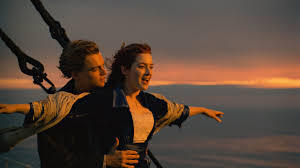
It is subjected to waist-up camera shots. Generally, it is used for dialogue scenes and interactions with characters. It is used for taking shots of conversations between characters and focusing on body language and facial expressions while maintaining background context.
Extreme Close-Up (ECU)
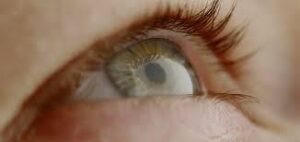
Extreme close-ups represent close-up shots which means scenes are recorded on a very small detail like a person’s eyes or a specific object. It is used to create dramatic emphasis. It helps to create suspense in filmmaking and highlight important factors in scenes such as building tension before a critical event.
Over the Shoulder Shots (OTS)
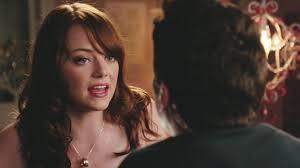
It helps to frame the subject from behind other character’s shoulders and provides a perspective that involves both characters. It often takes between two characters, presenting one character’s face and the back of the other’s head and creating a sense of intimacy and perspective.
Point of View Shots

Point-of-view shots describe the view shots that represent a character’s perspective, making the audience look at what the character looks like. It helps to engage the audience by immersing them in the character’s experience and creating a subjective viewpoint.
High Angle Shots
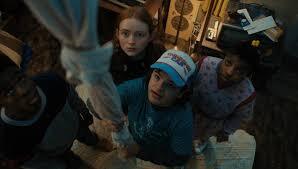
Often a high-angle shot looks down on the subject from above making the subject appear smaller or more vulnerable. It conveys the sense of powerlessness or insignificance that provides and presents an overview of the scene.
Low Angle Shot
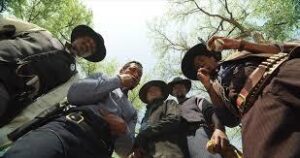
A low-angle shot looks up at the subject from below making them appear wide, large, and more imposing. It conveys dominance, power, the importance of characters, and a sense of awe and intimation.
Dutch Angle Shot

A Dutch angle tilts the camera to one side making a diagonal horizon that creates chaos, confusion, tension, disorientation, and instability in the scene and creates a dramatic effect or unsettling effect.
Filmmaking Equipment Every Cinematographer Needs
Before Mastering Camera Shots for Effective Filmmaking you have to need necessary equipment to create the best picture:
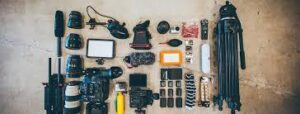
| Category | Equipment |
| Camera Equipment | Camera |
| Lenses | |
| Tripod | |
| Gimbal/Stabilizer | |
| Slider | |
| Jib/Crane | |
| Dolly | |
| Lighting Equipment | LED Lights |
| Softbox | |
| Reflectors | |
| Light Stands | |
| Audio Equipment | Microphones |
| Audio Recorder | |
| Headphones | |
| Accessories | ND Filters |
| Lens Filters | |
| Camera Rig | |
| External Monitor | |
| Battery Packs | |
| Memory Cards | |
| Post-Production | Editing Software |
| Computer |
13 Film Lighting Techniques
Lighting is an essential tool in filmmaking, that is crucial for creating desired atmosphere, directing viewer attention, and enhancing visual storytelling. By using diffrent types of lighting such as Motivated Lighting, Three-Point Lighting, High-Key Lighting, Low-Key Lighting, Natural Lighting, and Practical Lighting filmmakers can shape thier visuals and provide a desired message to the audience.
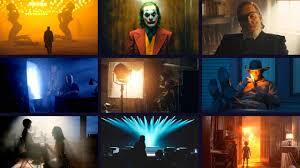
- Creating Special Effects
- Defining Character and Setting
- Setting the Mood and Tone
- Creating Depth and Dimension
- Directing the Viewer’s Attention
- Time of Day and Location
- Enhancing Visual Style
What is the Difference Between Camera Angles and Shots?
Here are the key differences between camera angles and shots:
| Aspect | Camera Angle | Camera Shot |
| Definition | Position and orientation of the camera relative to the subject | Amount and composition of subject matter within the frame |
| Purpose | Conveys emotional tone, perspective, and power dynamics | Establishes spatial relationships, context, and focus |
| Examples | Eye-Level, High Angle, Low Angle, Bird’s-Eye, Dutch Angle | Wide Shot, Long Shot, Medium Shot, Close-Up, Two-Shot, OTS |
| Effect | Changes the audience’s perception of the subject | Defines what the audience sees and focuses o |
10 Practical Tips for Effective Filmmaking
The Ultimate Guide to Mastering Camera Shots for Effective Filmmaking includes 10 tips, by implementing them, you take the best shots:

- Understand your scrips, it include key scenes and emotions.
- Create a shot list with Common Types of Camera Angles, descriptions, and movements.
- Develop a storyboard to visualize composition and sequence.
- Choose the right equipment for different shots
- Plan your lighting
- Communicate with Your Team for the best coordination
- Rehase your shots for improvement
- Capture multiple angels for editing practice
- Visit the location in advance
- Organize your shoot schedule
- Plan for audion for clear audio.
- Focus on continuity
- Capture B roll to enhance the story
- Prepare for pre-production


